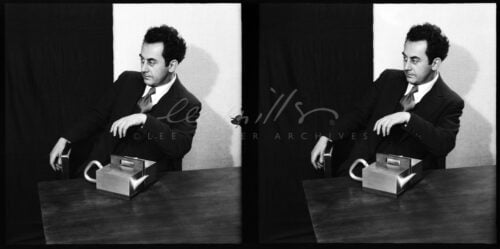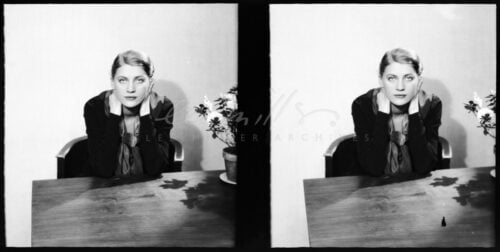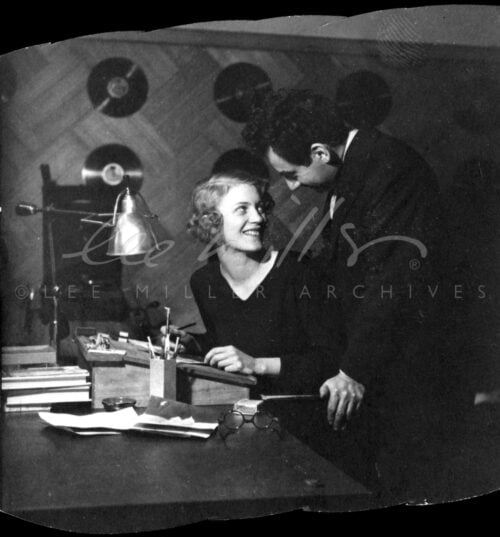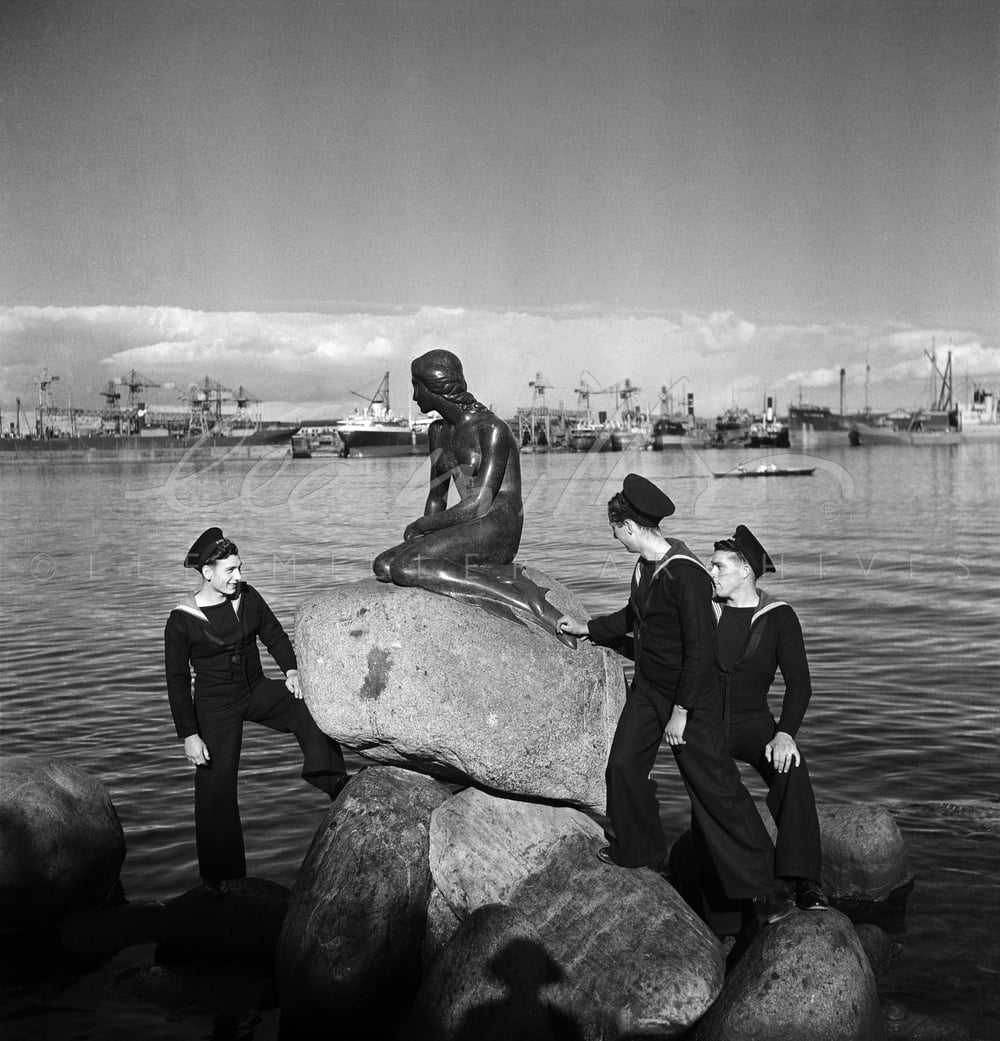Lee Miller and the Mermaid (Part 1)
Follow Lee Miller's footsteps through the liberation of Denmark, as written by her granddaughter Ami Bouhassane.
READ NOW





Born: 09 June 1871
Died: 05 May 1971
Theodore MILLER was above all an engineer and an inventor. He had a boundless curiosity for all things mechanical and scientific, and loved innovation and change. In his professional life as the Works Superintendent of the De Laval Separator Co in Poughkeepsie he was known for the value he placed on ingenuity. He found it was often the small things that made the biggest differences. This love of intricate details, his fascination with technology and his desire to record events led him naturally to another emerging technology, photography.
Theodore’s first camera in around 1900 was probably George Eastman’s newly produced Box Brownie, which sold for $1 and could be daylight loaded with film costing 15c a roll. He probably began by having his processing and printing done in a lab, and then quickly began doing his own printing and later developing in his home darkroom. He also had access to a larger plate camera but few examples of this work remain.
His first subjects were engineering marvels he admired. The lofty trestle Railroad Bridge across the Hudson River, ships, locomotives and the “First flight in a heavier than air machine”, the pioneer Glen Curtis who landed near the Hudson in 1910, all feature. He meticulously pasted his photographs into his albums, and interspersed with the engineering are family snaps. Lee’s ‘three month birthday’, lovingly recorded with a typed caption, is part of an ongoing series that commands far more attention than machines or even the other members of the family.
Theodore’s favourite camera was stereoscopic of unknown make. At this point despite the popular success of George Eastman’s Kodak brand, photography was still seen as a technical miracle and Theodore would have enjoyed both the challenge and the social cachet of being in the avant-garde. To achieve the stereoscopic effect each image is simultaneously photographed twice on adjoining negatives and the prints are usually viewed through prisms in a handheld Holmes viewer. The stereoscopic camera seems to have come into his life around 1920 and remained his preference for the next 20 years. In later life he adopted a 35m/m camera and shot mainly transparencies which he customarily annotated in handwriting now shaky with age.
Theodore can be regarded as a gifted amateur who justified a position of distinction among his contemporaries, but whose contribution to photography is mainly remarkable for the fame achieved by the subjects he photographed and the temporal and social changes of their surroundings.
View Theodore Miller’s work
Follow Lee Miller's footsteps through the liberation of Denmark, as written by her granddaughter Ami Bouhassane.
READ NOWNo upcoming exhibitions...